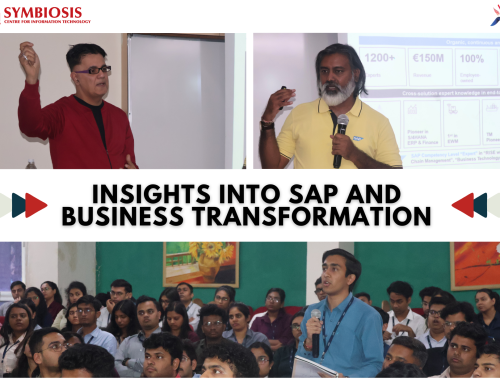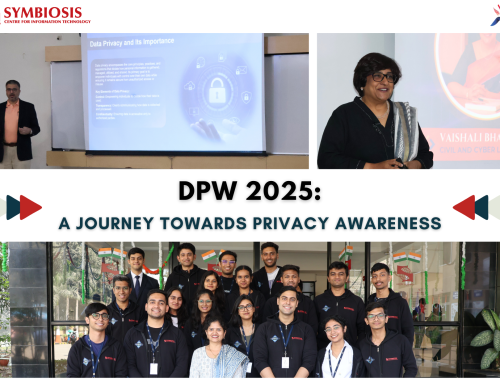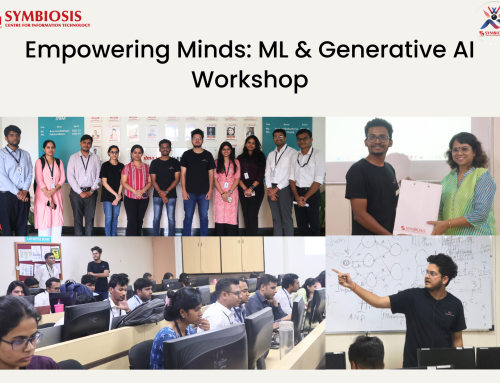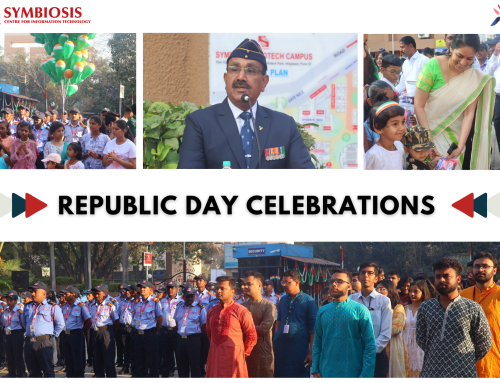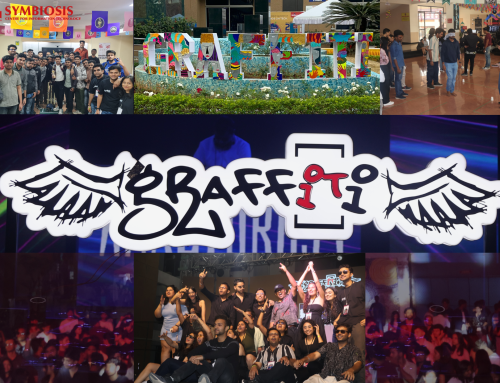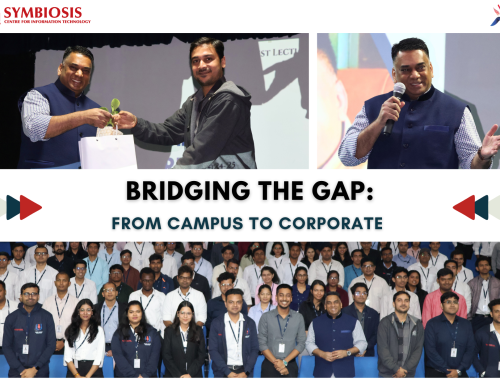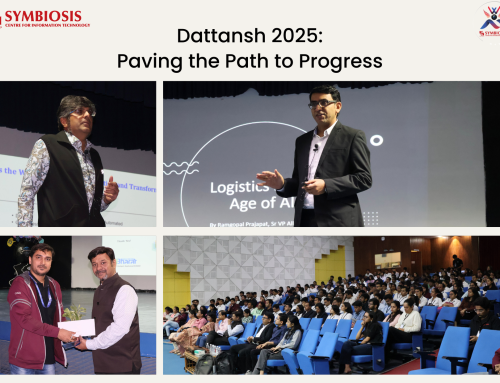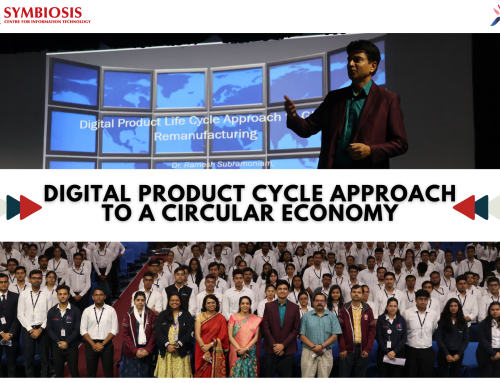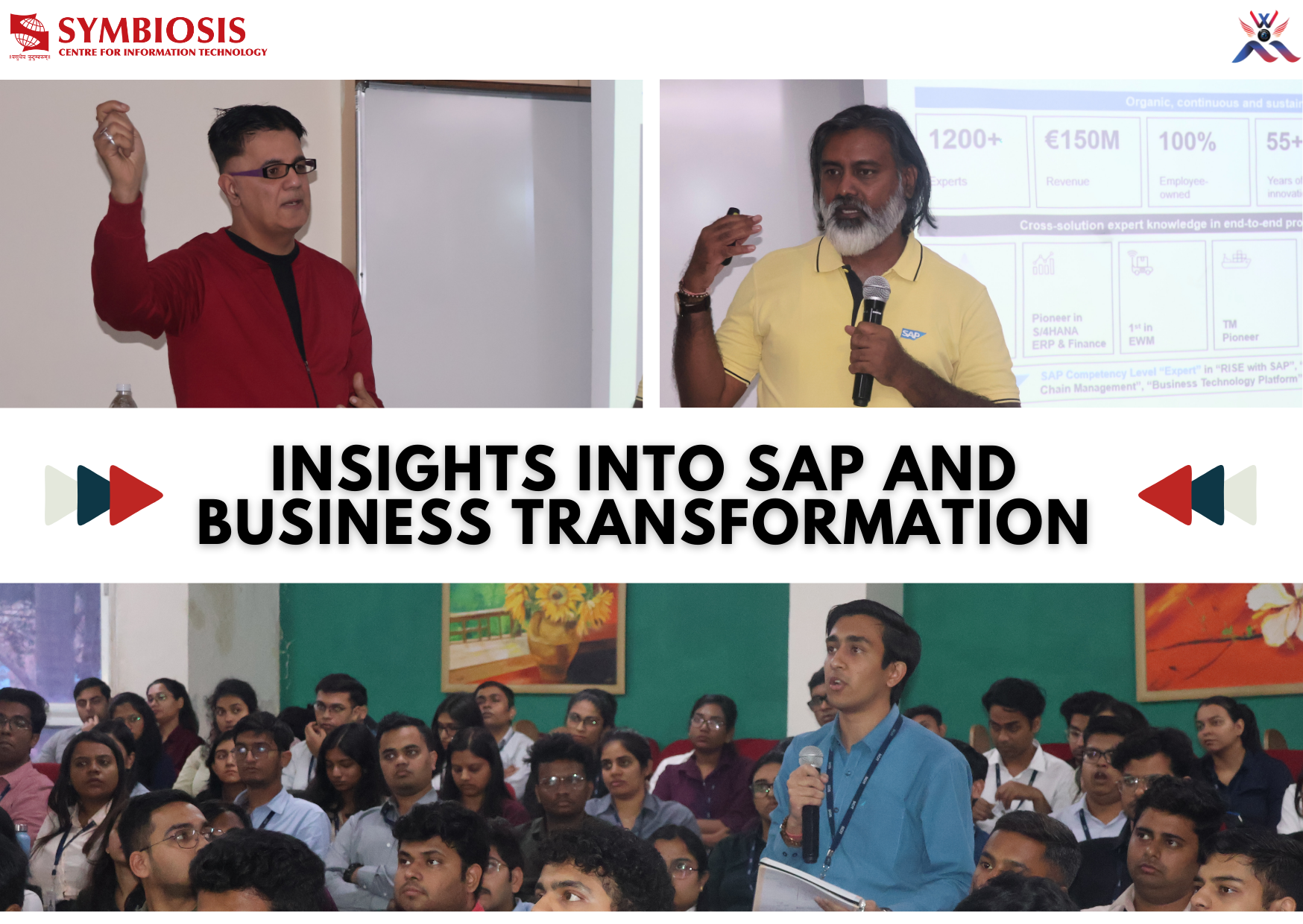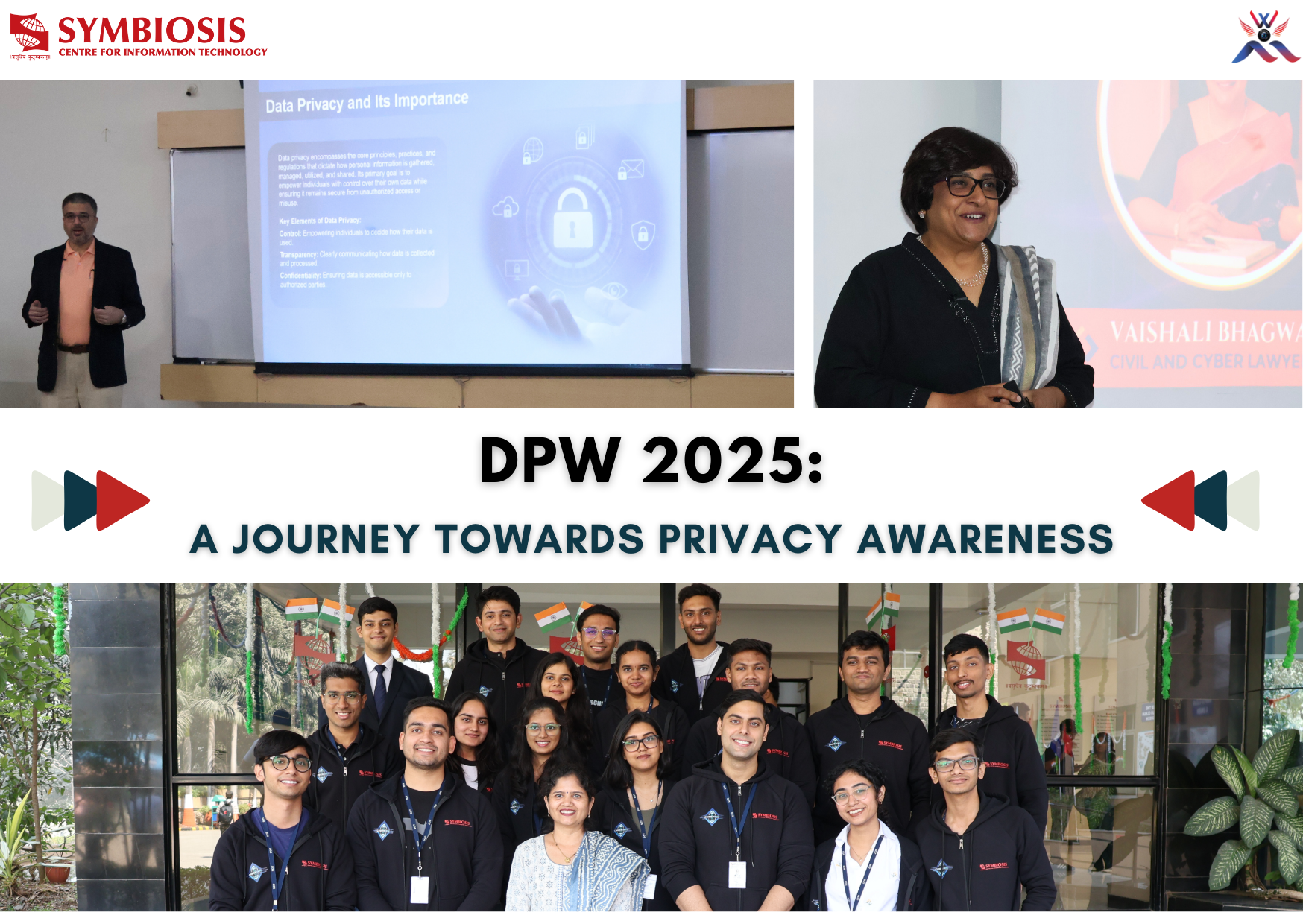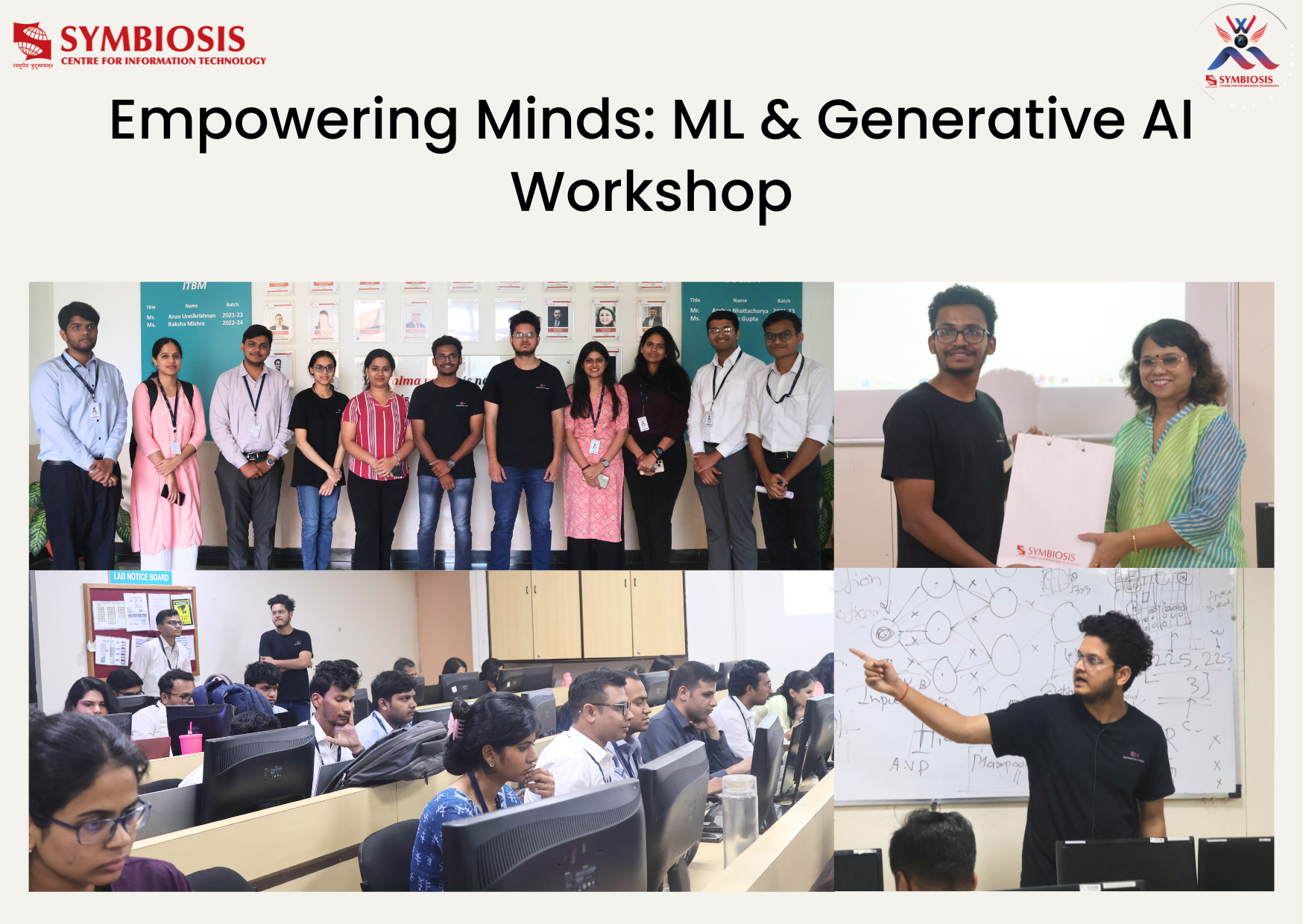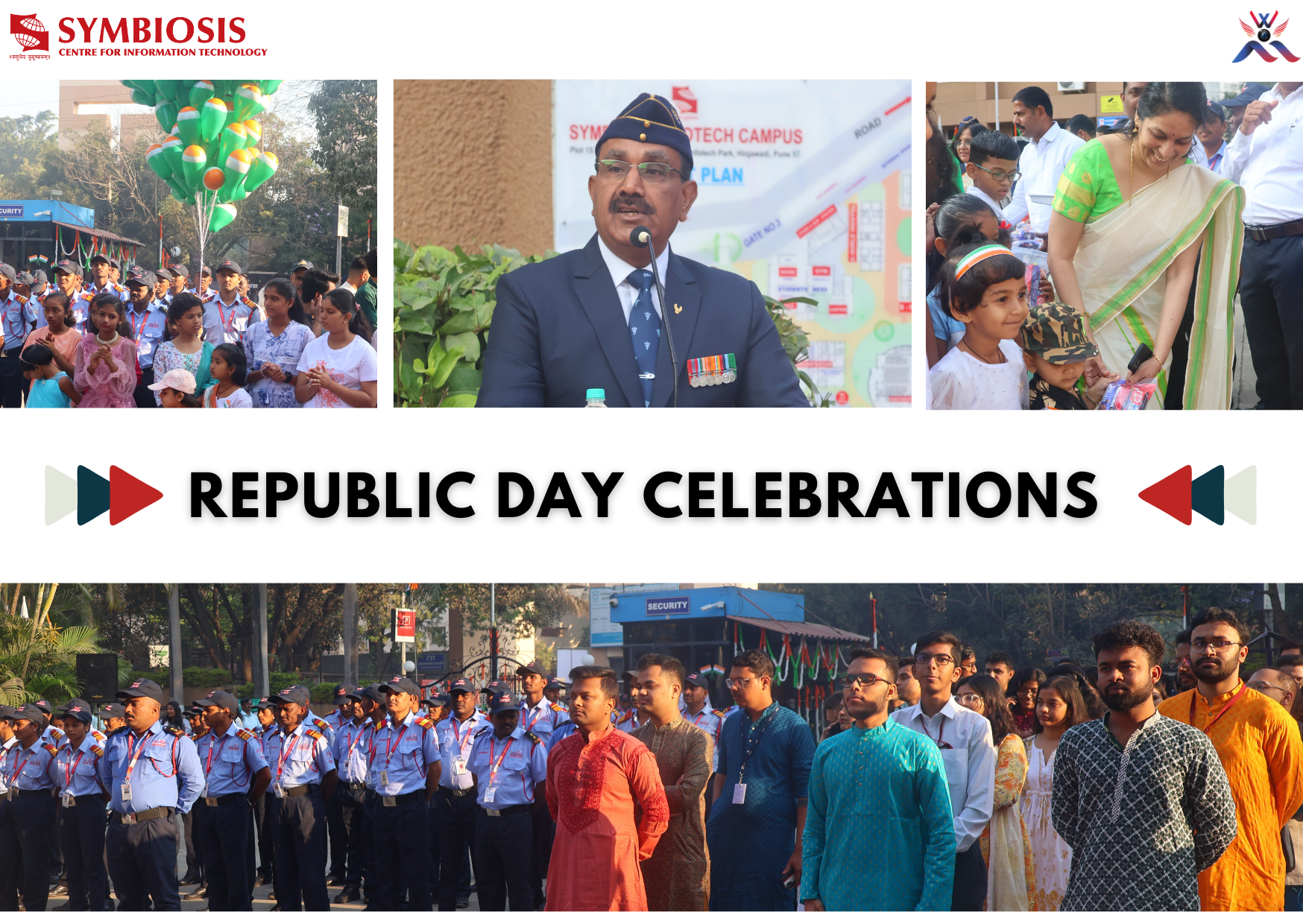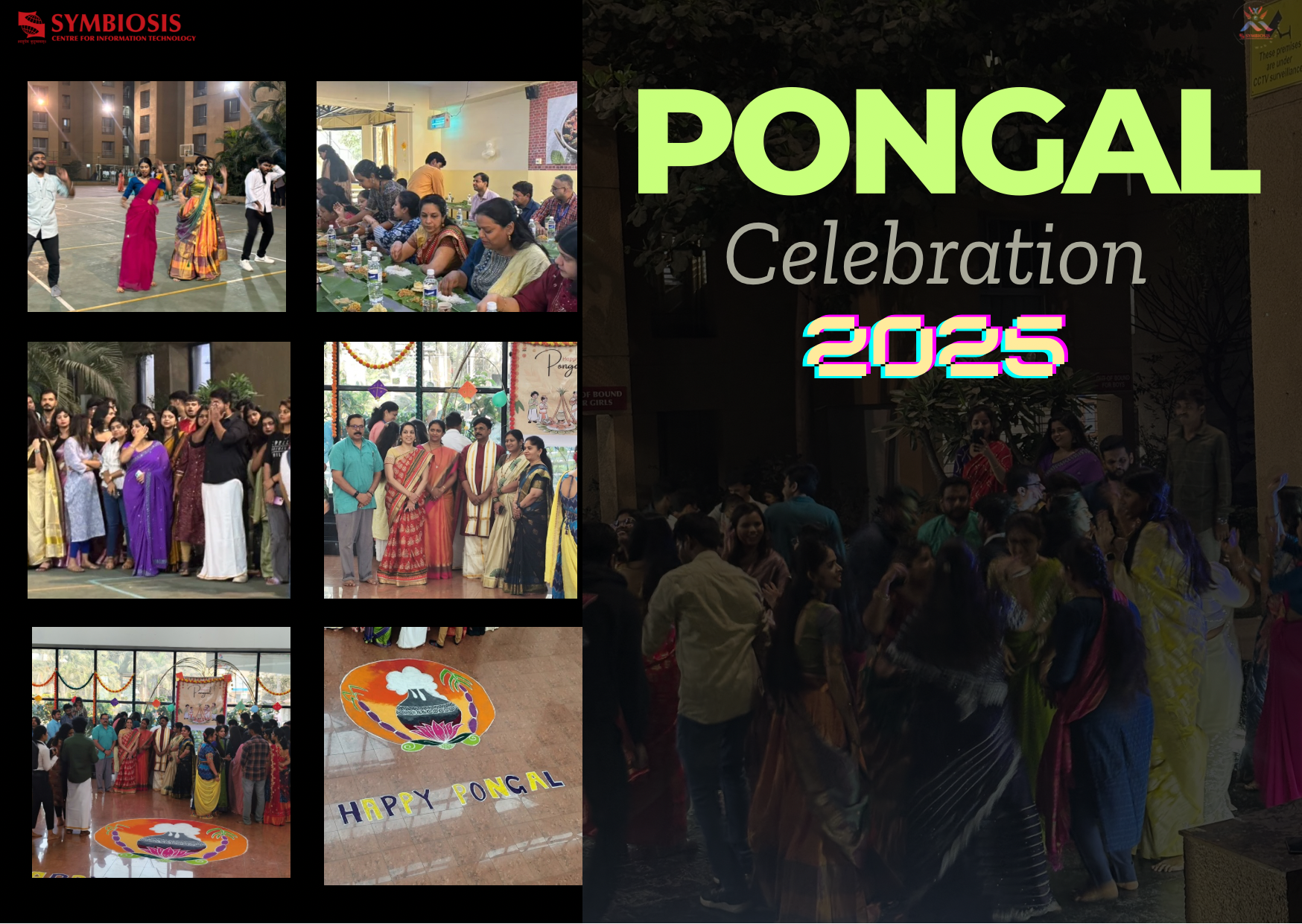The Proof of the Pudding

The first thing (and I’d dare say the only thing) that comes to mind while selecting a B-school is “placements”. Which of the big investment banks/consultancy firms/tech firms (take your pick) come to campus and when? What was the highest and lowest package last year? What has been the trend of average packages over the last few years? The focus is always to think in terms of RoI and opportunity cost in terms of salary lost. Think of cost of the entire MBA program and the years it will take to recover that amount (with interest). But is this the correct way of thinking? Somewhere within the glamourized world of business, brouhaha over B-schools rankings, reported sky-high salaries and international placements has been lost the fact that an MBA is an education. It is not a commodity to be acquired for a few lacs of rupees and whose cost has to be recovered within the next 2-3 years. It is not a business venture whose aim is to reach a break-even point and become profitable as soon as possible. It is knowledge and wisdom acquired which is going to stay with you with the rest of your life. It is an experience which is going to come in handy when you face any challenge in your career. Just like any other true education it is an intangible asset, which can never be stolen, which never depreciates, which can always be shared and still offer a lifetime worth of value.
Judge an MBA programme through how much value it can offer to you. Does it have the capacity to increase your skill level? Does it have the capacity to broaden your worldview and challenge your preconceived notions? Can it take you from point A to high up the professional ladder to point B? Is the curriculum rich enough to push the boundaries of your intellect? Is the curriculum industry relevant? Can it teach you the cutting edge industry practices and at the same time equip you to fill the needs and gaps of the industry?
The true litmus test for an MBA program does not happen in the no. of offers a big firm throws at the students or the rise in annual average package but during the industry internship programme. This is because internship programme is undertaken to gain technical, behavioural knowledge regarding the different aspects of the business and correlate the skills learned in the classroom in a real-world setting. During the three month period, if you are able to correlate lessons and knowledge gained in the previous two semesters with what was happening and what being done in the professional environment.
In my internship programme, one of the projects I did was in the Commercial Sales Deptt. of the Business Unit. The Commercial Sales team was responsible for preparation and submission of bids for various tenders. The sales team analyses all the conditions of the tender, it sets up the supply chain for the equipment-either internal (through its own plants) or external (through vendors) and places a competitive bid. This process involves interacting with various other teams like legal, operations, accounts etc. The legal team helps in legal compliance of state and national laws. The operations team helps in building the project development timeline and plan. The accounts team helps in cost analysis and taxes. A major concern in the commercial sales team was that preparing a response bid for a tender was a long process. It involved making a no. of documents and interacting with a lot of other teams. This made the process very tedious and meeting the deadlines for the submission became a challenge. The team could not just stop making some of the documents to shorten the process as each document had a purpose and was relevant for legal, compliance, monitoring and regulatory aspects. So, the objective was to identify a way to shorten the process. But that was to happen without removing any kind of document in the process or any approval and internal controls.
I approached it in a way we had studied BPM in the last semester. The first thing to do was to get involved in the business process to understand and identify all the key roles and activities. Observing the entire chain of activities as a part of a business process and not as disparate independent units, helped me to put a perspective over the amount of effort needed for a single tender. Over a period of time, I was able to identify the key interactions and list out all the set of intermediate documents prepared. The next logical step was to build a RAD Model using RIVA approach. Once I did that, I was able to explain how this graphical representation was much more suitable than the non-standardized one they were using and effectively portrayed the nuances of the business process. It would not have been possible without rigorous teaching and guidance of Prof. Suneel Prasad. His focus on building strong fundamentals helped me to exactly identify the boundaries, roles, collaborations and actions in the process. Since we already had done a project on making a model of a real-life process, I had no difficulties in modelling the system and was able to cover its every aspect. The classroom discussions and case studies helped me to explain the relevance and importance of thinking in terms of BPM. I was able to share how this representation was much more intuitive and could offer a real-time analysis of maturation of any tender at any given point of time.
Based on the model, I created a formal standardised set of documentation similar to what we did during our BPM projects. It would help them to get a holistic view of the process and be easier to review and update the process chain in the future. Keeping the principles of BPM in mind I was also able to propose an effective, viable solution for the issue.
Another of my project involved doing testing in the MM module of the SAP ERP System. Recently, a new plant was created and its setup was done in the MM module used by the BU. The objective was to test its working in the test environment so that once configured properly, it could be pushed to production. The Company used ERP in a big way and all of its modules were tightly integrated with its business processes. I undertook this project exactly the way we had learned in the classroom- focus not on the single module but on the entire system- helped me to gain a perspective on its implementation. Due to Prof. Vijayakumar Bharathi’s extensive lab exercises, I felt at home using their SAP ERP System and was able to contribute starting day 1 itself. I was able to relate the experiences that he used to share in the classroom with what was happening right there in front of me. The person with whom I was working was a CA and was not aware of the relevance and need of the ERP System. He thought of it as a data-entry system taking a lot of his time. I was able to show him the big picture and handle all of his queries regarding the structure and configuration of the system. How his work in FI and Controlling module was connected to other modules.
The proof of the pudding, they say is in the eating; and I guess the validity of our MBA(ITBM) program lies in our internships.
Prerit Arora – SCIT MBA (ITBM)


